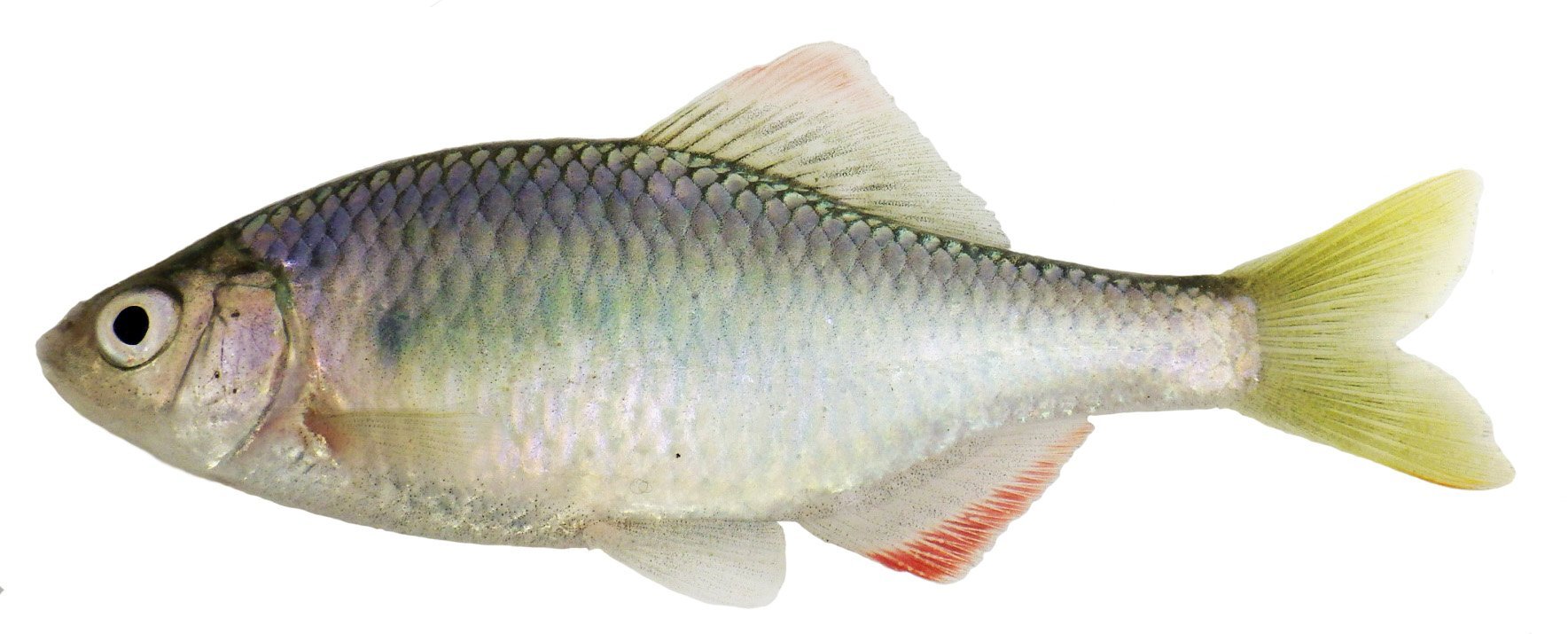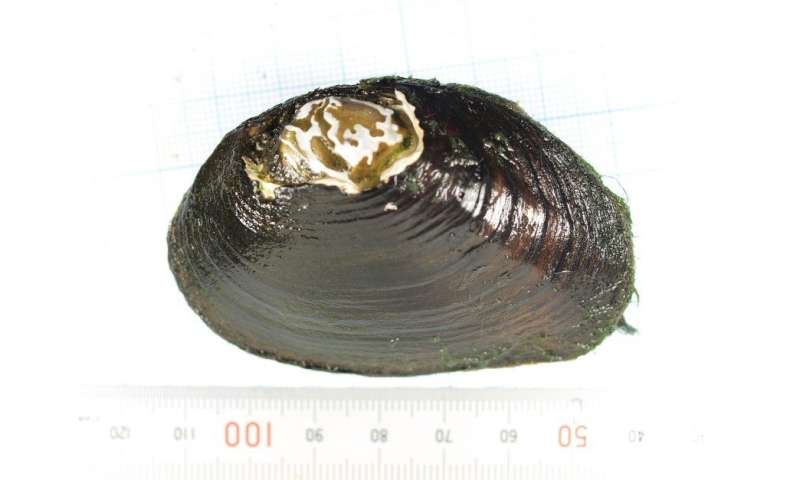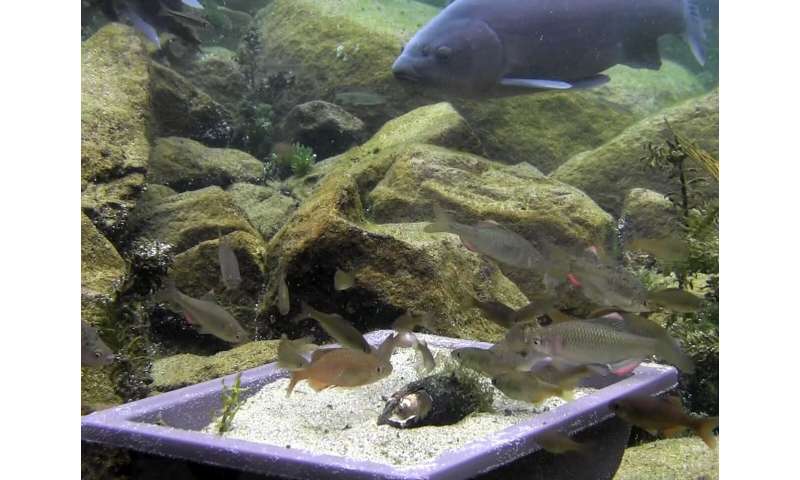#Risk of extinction cascades from freshwater mussels to bitterling fish

“#Risk of extinction cascades from freshwater mussels to bitterling fish”

Reproduction of native and invasive bitterling fishes and their hybridisation was studied in Japan. We collected mussels in which these bitterlings lay their eggs, kept them in aquaria, collected eggs/larvae ejected from mussels, and genotyped them. We found that hybrids occurred when local mussel density was low. The rapid decline of the host mussels and artificial introduction of an invasive congener interacted to cause the rapid decline of a native fish.
Bitterling fishes (Subfamily: Acheilognathinae) spawn in the gills of living freshwater mussels obligately depending on the mussels for reproduction. On the Matsuyama Plain, Japan, populations of unionid mussels—Pronodularia japanensis, Nodularia douglasiae, and Sinanodonta lauta—have decreased rapidly over the past 30 years. Simultaneously, the population of a native bitterling fish, Tanakia lanceolata, which depends on the three unionids as a breeding substrate, has decreased. Furthermore, a congeneric bitterling, Tanakia limbata, has been artificially introduced, and hybridisation and genetic introgression occur between them. Here, we surveyed the reproduction and occurrence of hybridisation between native and invasive species of bitterling fishes. We collected mussels in which these bitterlings lay their eggs, kept them separately in aquaria, collected eggs and larvae ejected from the mussels, and genotyped them using six microsatellite markers and mitochondrial cytochrome b sequences.
The introduced T. limbata was more abundant, had a longer breeding period, and produced more juveniles than the native T. lanceolata. Hybrids between the two species occurred frequently, and in total 101 of the 837 juveniles genotyped were hybrids. The density of P. japanensis was low, at most 0.42 individuals/m2. Nodularia douglasiae and S. lauta have nearly or totally disappeared from these sites. Hybrid clutches of the Tanakia species occurred more frequently where the local density of P. japanensis was low. The mussels were apparently overused and used simultaneously by three species of bitterlings.

The decline of freshwater unionid populations has heightened hybridization of native and invasive bitterling fishes by increasing the competition for a breeding substrate. We showed that a rapid decline of host mussel species and an introduction of an invasive congener have interacted to cause a rapid decline of native bitterling fish. The degradation of habitat and the introduction of invasive species interact to cause a cascade of extinctions in the native species. In our study, obligate parasite species are threatened because the host species are disappearing, resulting in a serious threat of coextinction.

Invasive species not best conservation tool, study says
Hiroki Hata et al. Decline of unionid mussels enhances hybridisation of native and introduced bitterling fish species through competition for breeding substrate, Freshwater Biology (2020). DOI: 10.1111/fwb.13629
Citation:
Risk of extinction cascades from freshwater mussels to bitterling fish (2021, January 4)
retrieved 4 January 2021
from https://phys.org/news/2021-01-extinction-cascades-freshwater-mussels-bitterling.html
This document is subject to copyright. Apart from any fair dealing for the purpose of private study or research, no
part may be reproduced without the written permission. The content is provided for information purposes only.
If you liked the article, do not forget to share it with your friends. Follow us on Google News too, click on the star and choose us from your favorites.
For forums sites go to Forum.BuradaBiliyorum.Com
If you want to read more Like this articles, you can visit our Science category.



